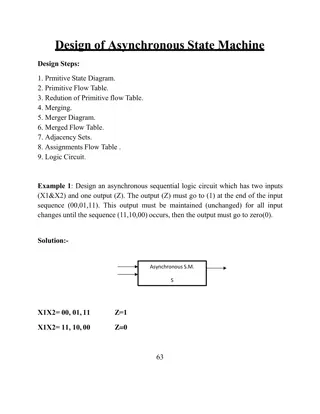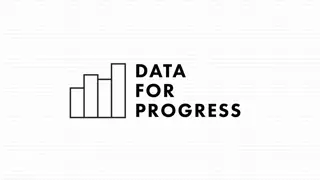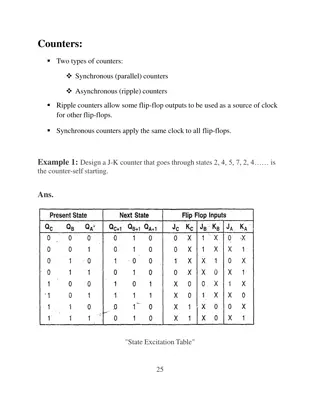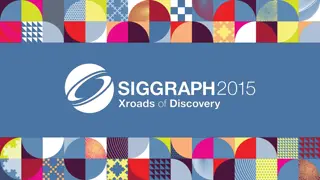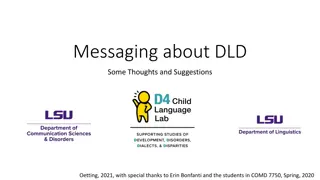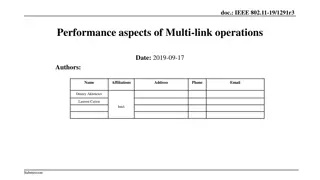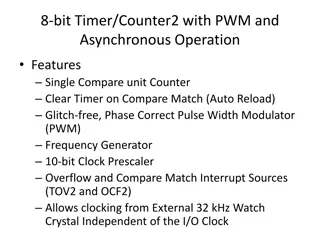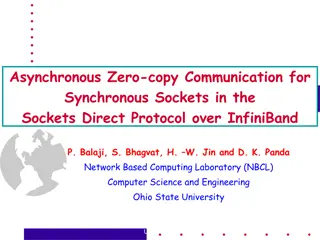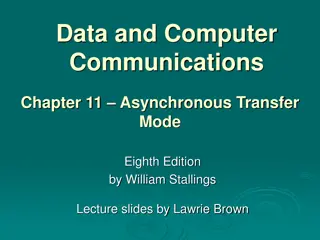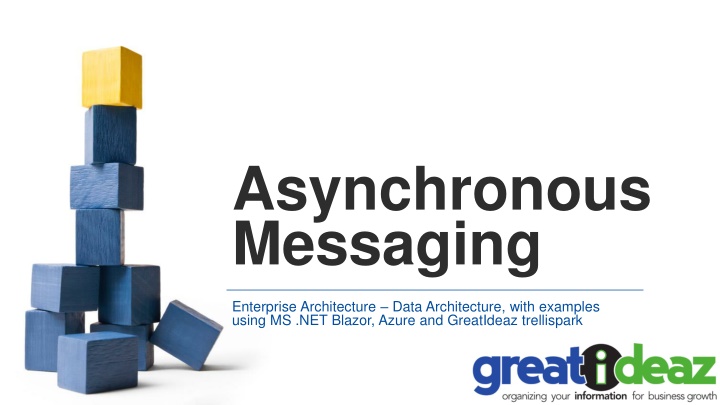
Asynchronous Messaging in Enterprise Data Architecture
Explore the world of asynchronous messaging in enterprise data architecture, with examples using MS .NET Blazor, Azure, and GreatIdeaz TrellisPark. Learn about the concept, example technologies, common issues, optimal architecture, and why this approach is essential for modern data handling.
Download Presentation

Please find below an Image/Link to download the presentation.
The content on the website is provided AS IS for your information and personal use only. It may not be sold, licensed, or shared on other websites without obtaining consent from the author. If you encounter any issues during the download, it is possible that the publisher has removed the file from their server.
You are allowed to download the files provided on this website for personal or commercial use, subject to the condition that they are used lawfully. All files are the property of their respective owners.
The content on the website is provided AS IS for your information and personal use only. It may not be sold, licensed, or shared on other websites without obtaining consent from the author.
E N D
Presentation Transcript
Asynchronous Messaging Enterprise Architecture Data Architecture, with examples using MS .NET Blazor, Azure and GreatIdeaz trellispark
Overview What is asynchronous messaging? What are some example technologies? Common issues in implementation? Optimal messaging architecture? DEMO Outbound messaging DEMO Inbound messaging Why use this approach?
What is asynchronous messaging? Transfer of data between two actors using a buffering mechanism
What are some example technologies? Common formats that you would be familiar with: Email SMS, Facebook, Twitter, LinkedIn, Instagram, etc. More application workflow focused? (s)FTP and shared file storage Message Queues (Azure, AWS, GCP) (Enterprise) Service Bus (Queues and Topics) Custom built solutions
Common issues with implementation? Every instance is hard coded against its corresponding service Not maximizing code reuse Non-standard implementation and library Sharing connection and secret information Synchronous connection to target service Typically not implementing common patterns Internal asynchronous buffering Auto retry on failure Circuit breaker Etc.
Optimal messaging architecture? Synchronous send/read to local message buffer Asynchronous send/read to remote third party transport service Messaging service provides a central focus of control and standardisation Should be able to transport data over any protocol
Why use this approach? You have to build a mechanism for asynchronous data transport This is a standard mechanism for all transport protocols Creates a central point of control Consolidates connection and secret information Can be easily extended to include sophisticated messaging patterns Ensures that messaging is buffered so that user experience and workflow are not delayed



